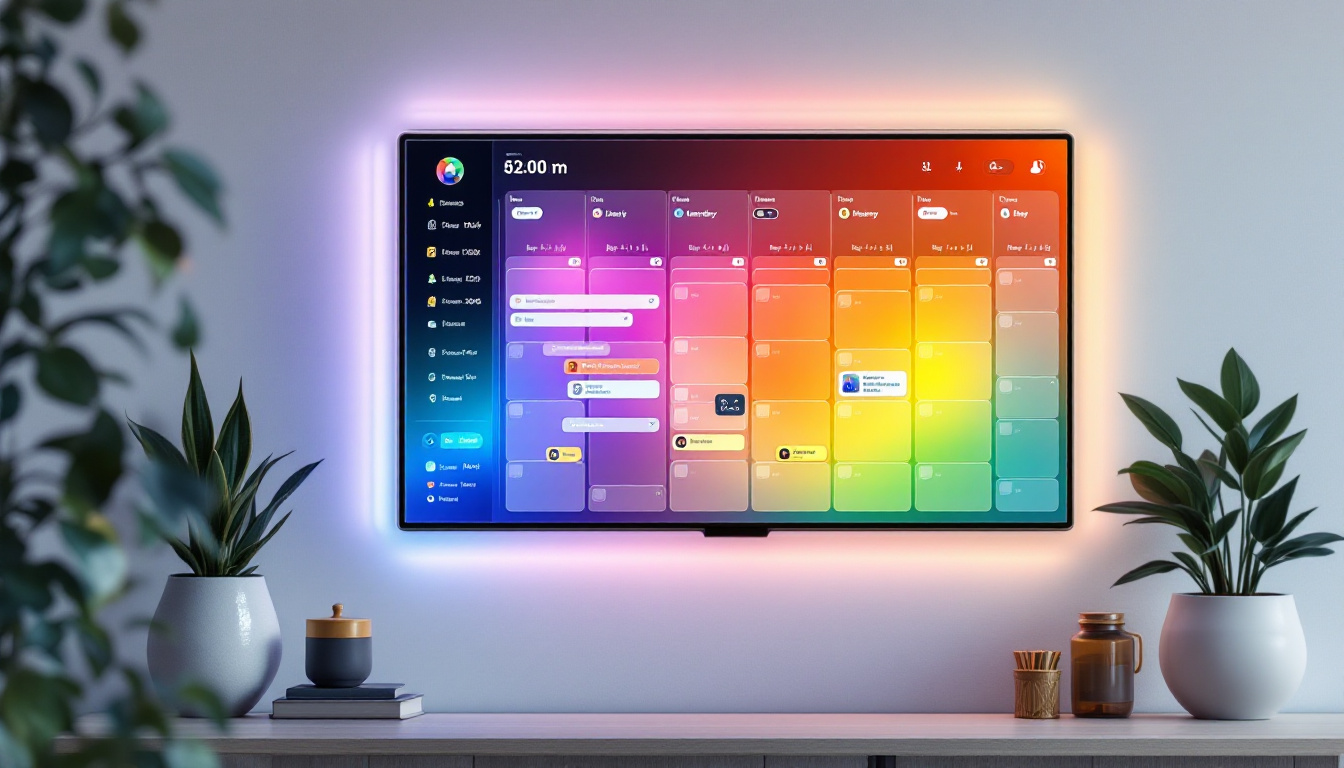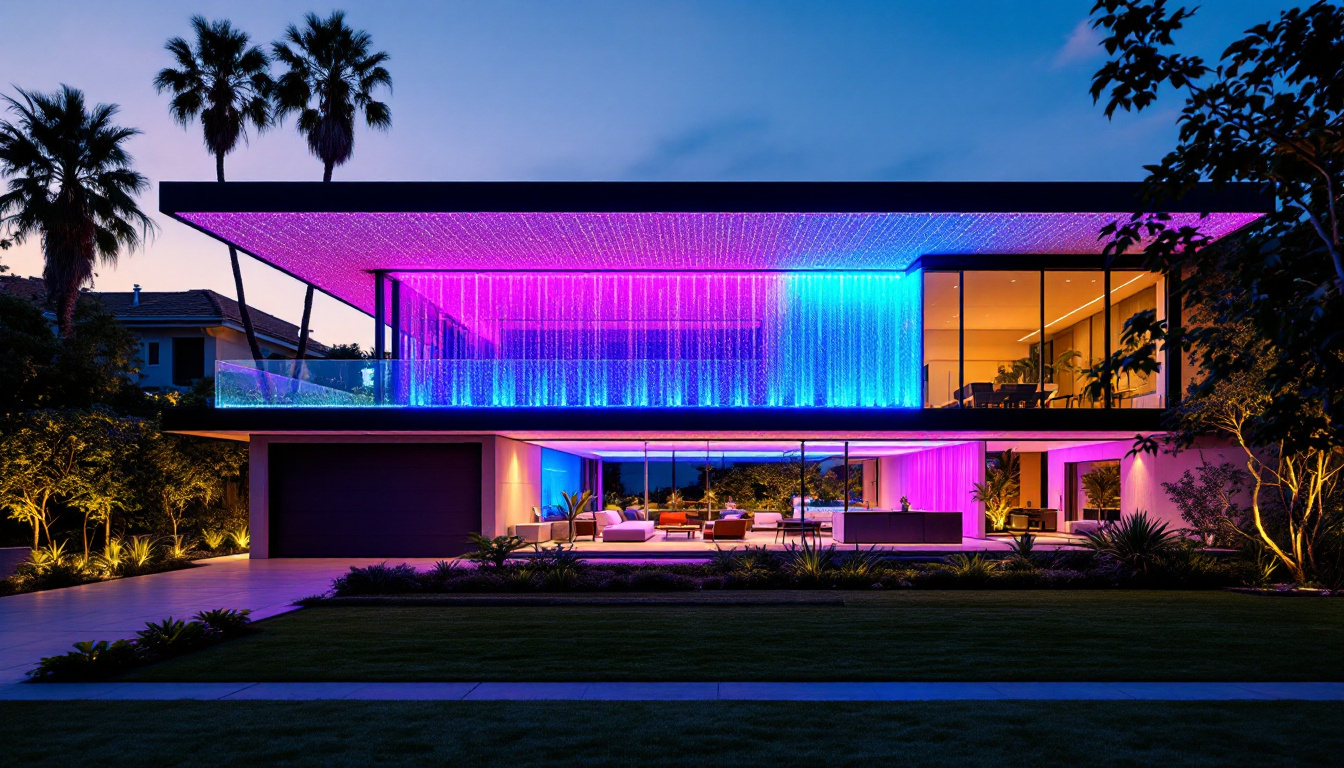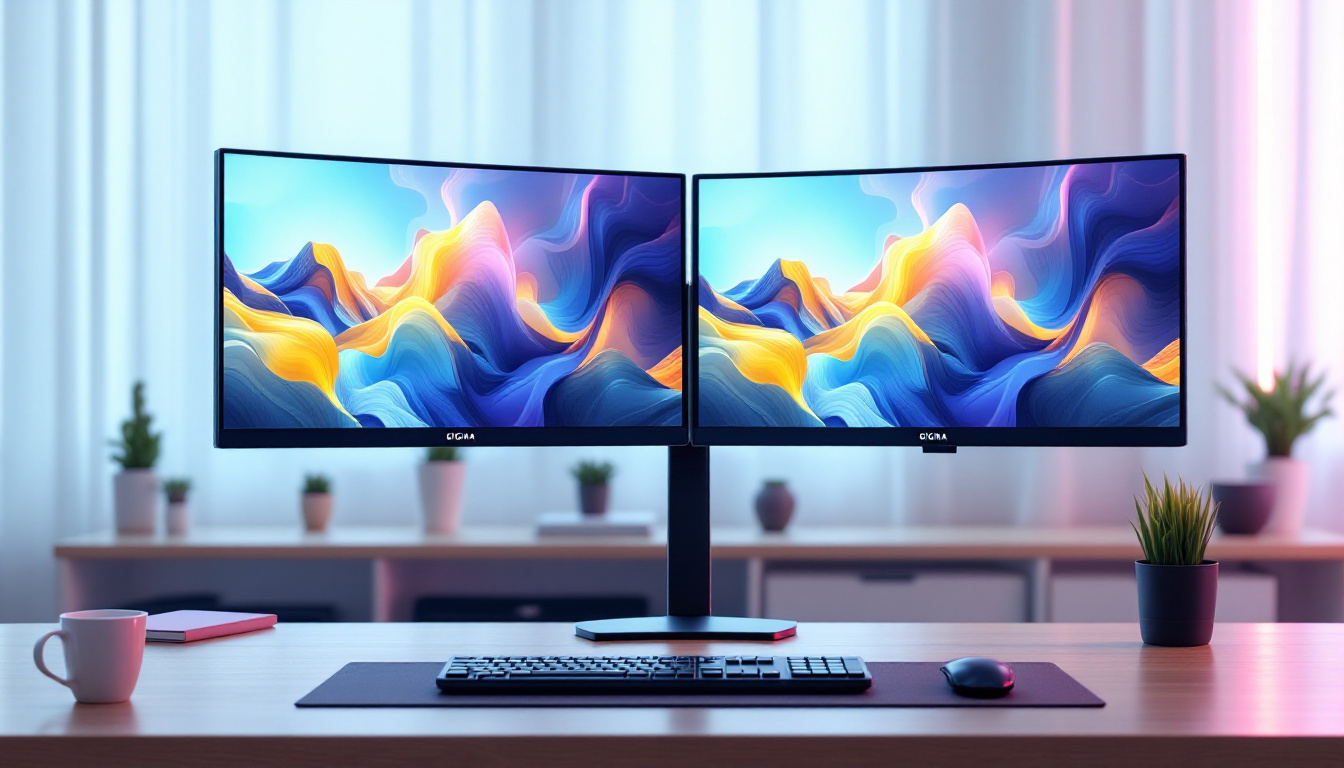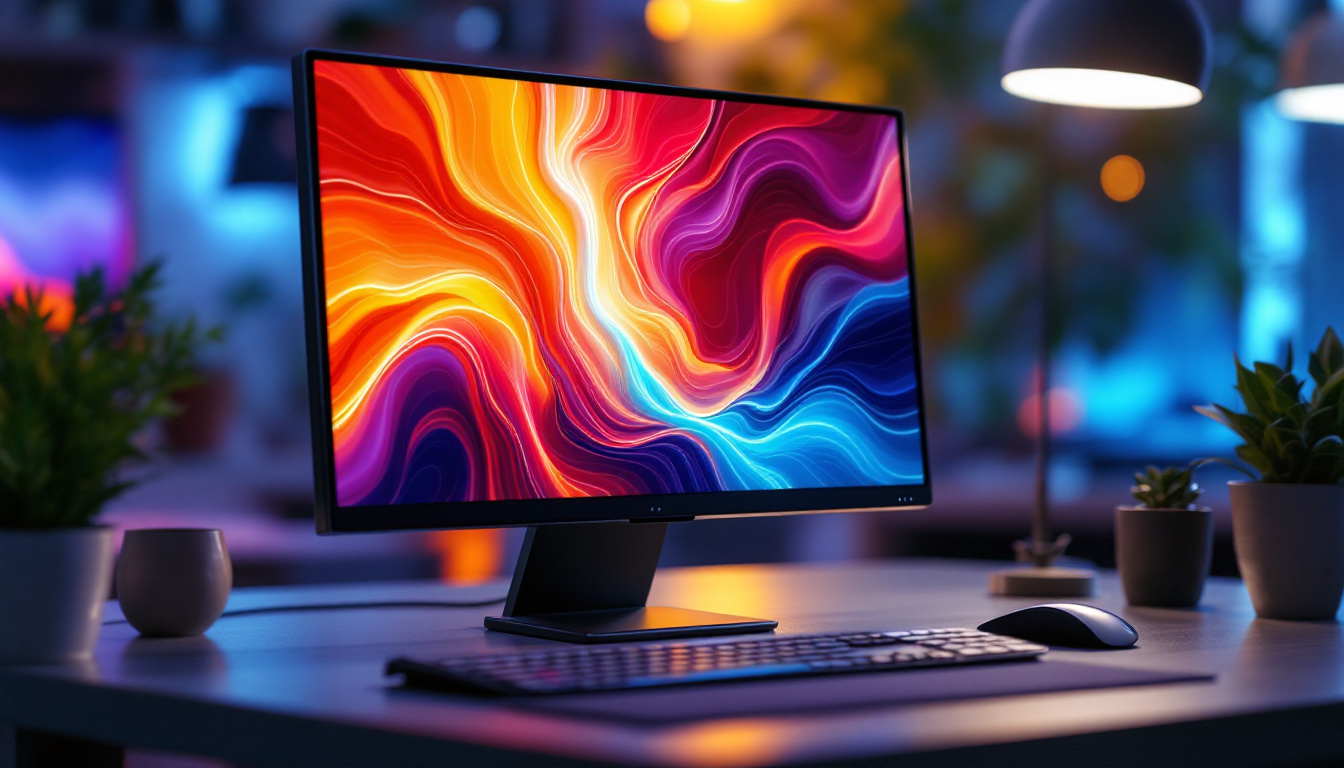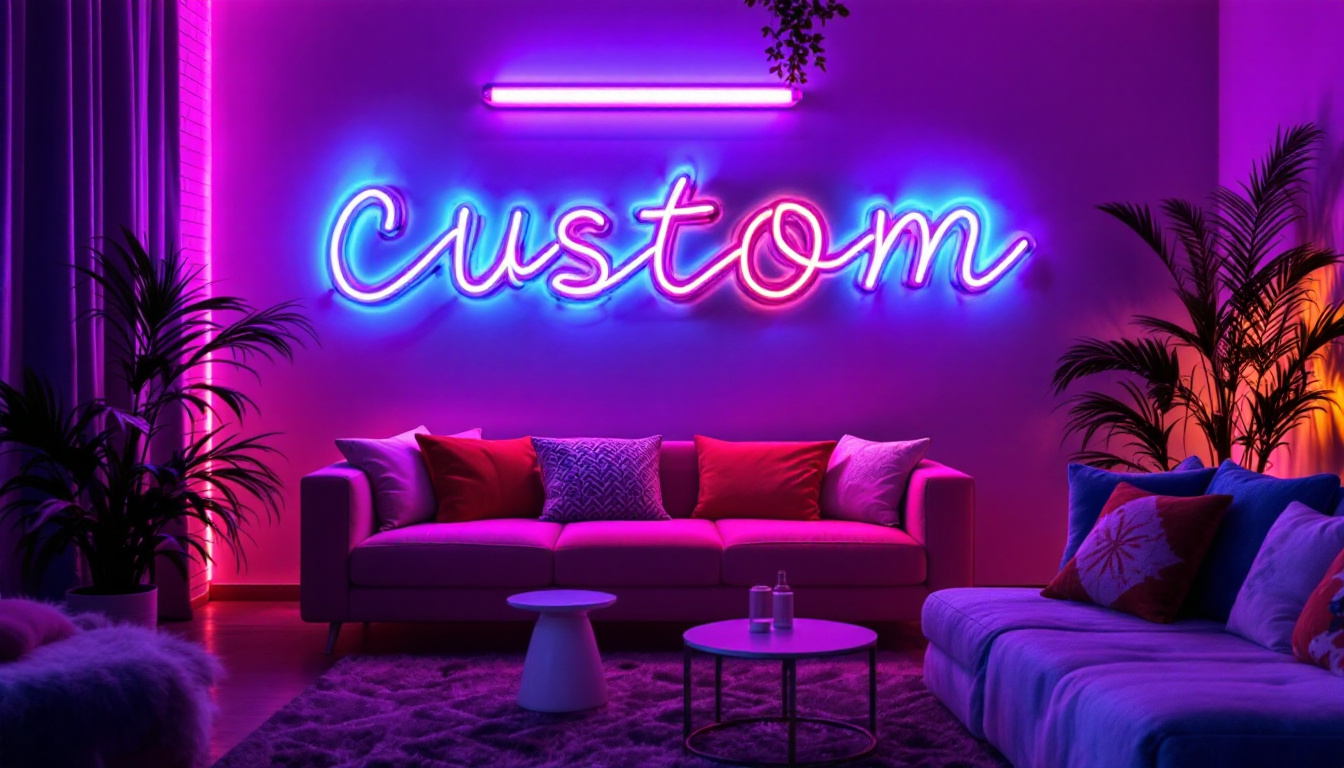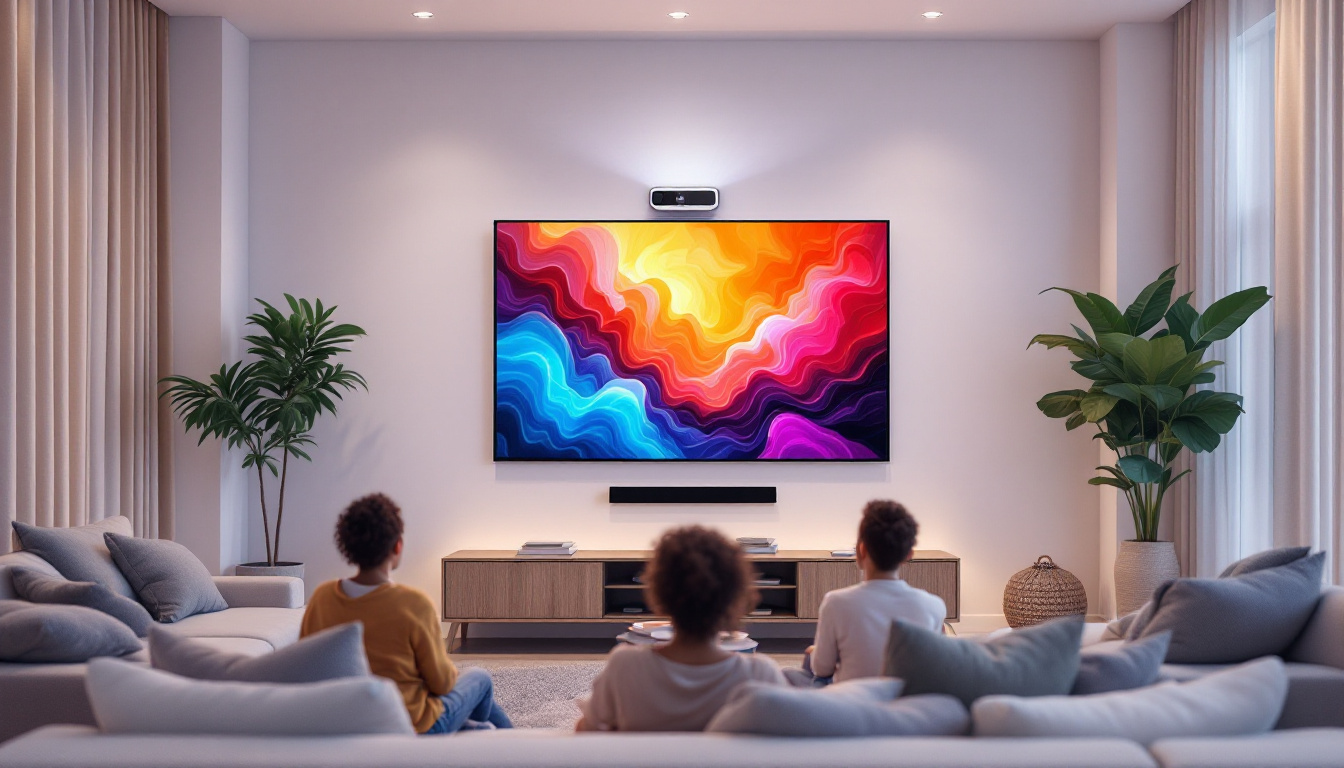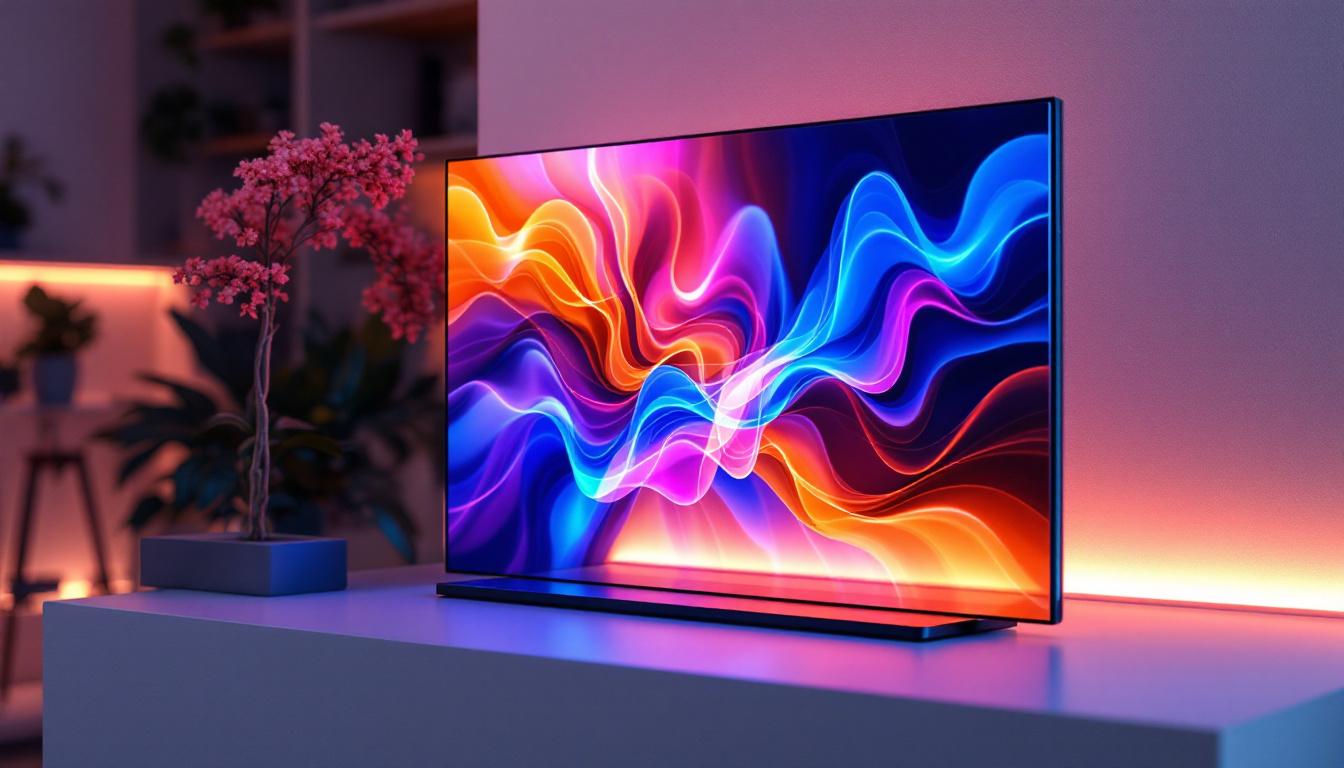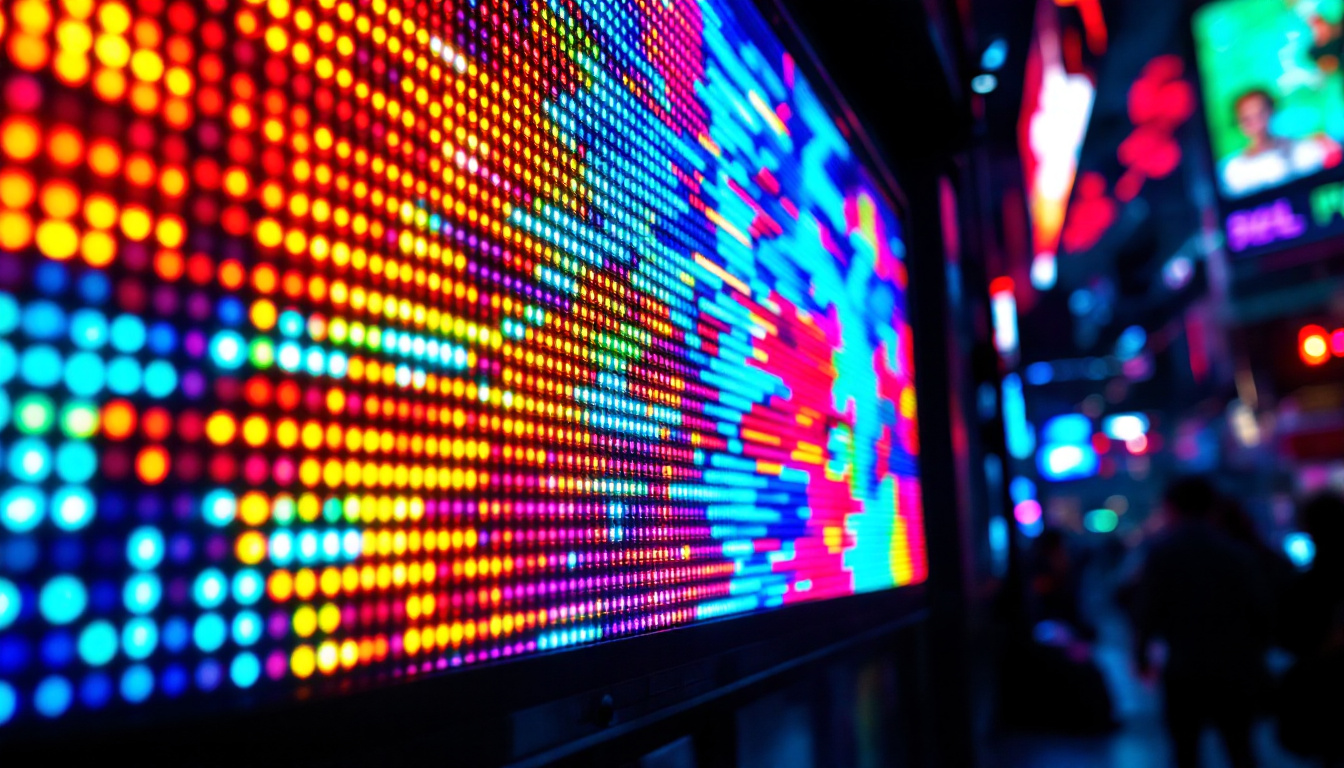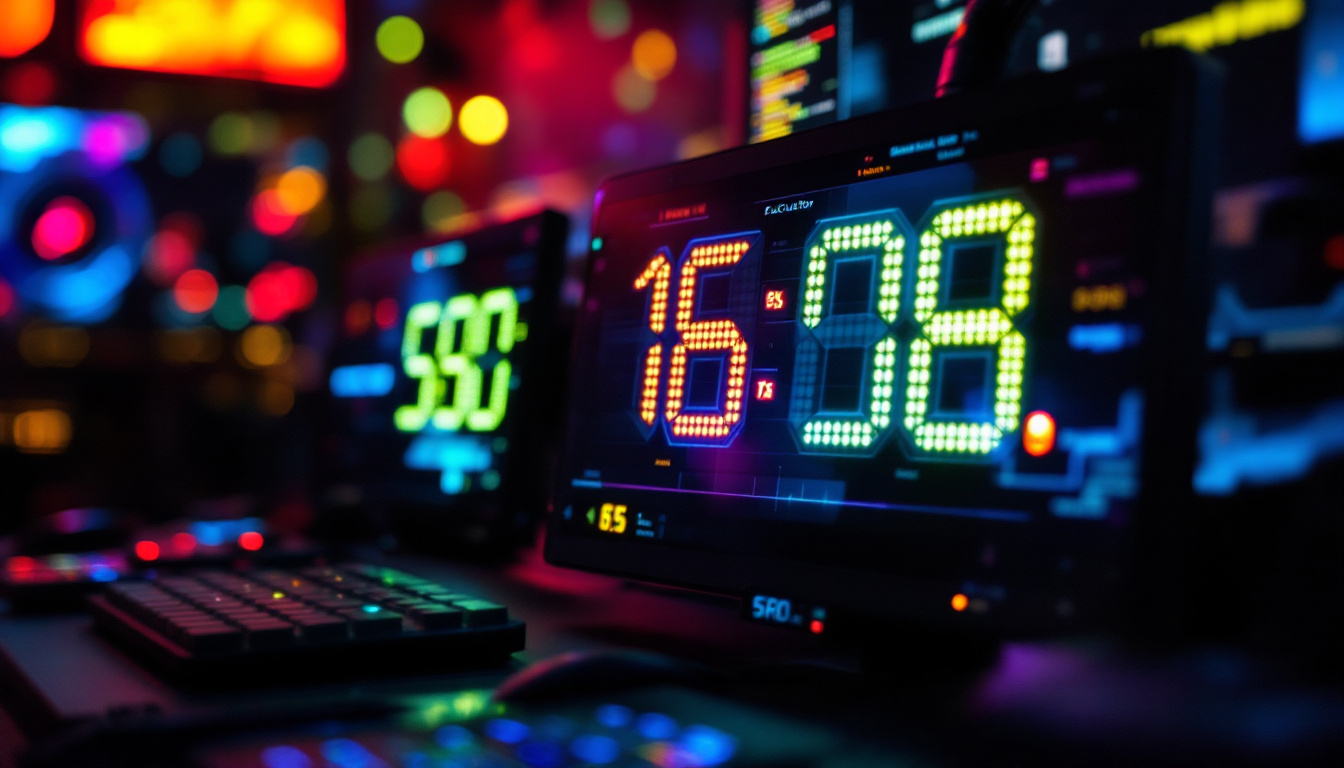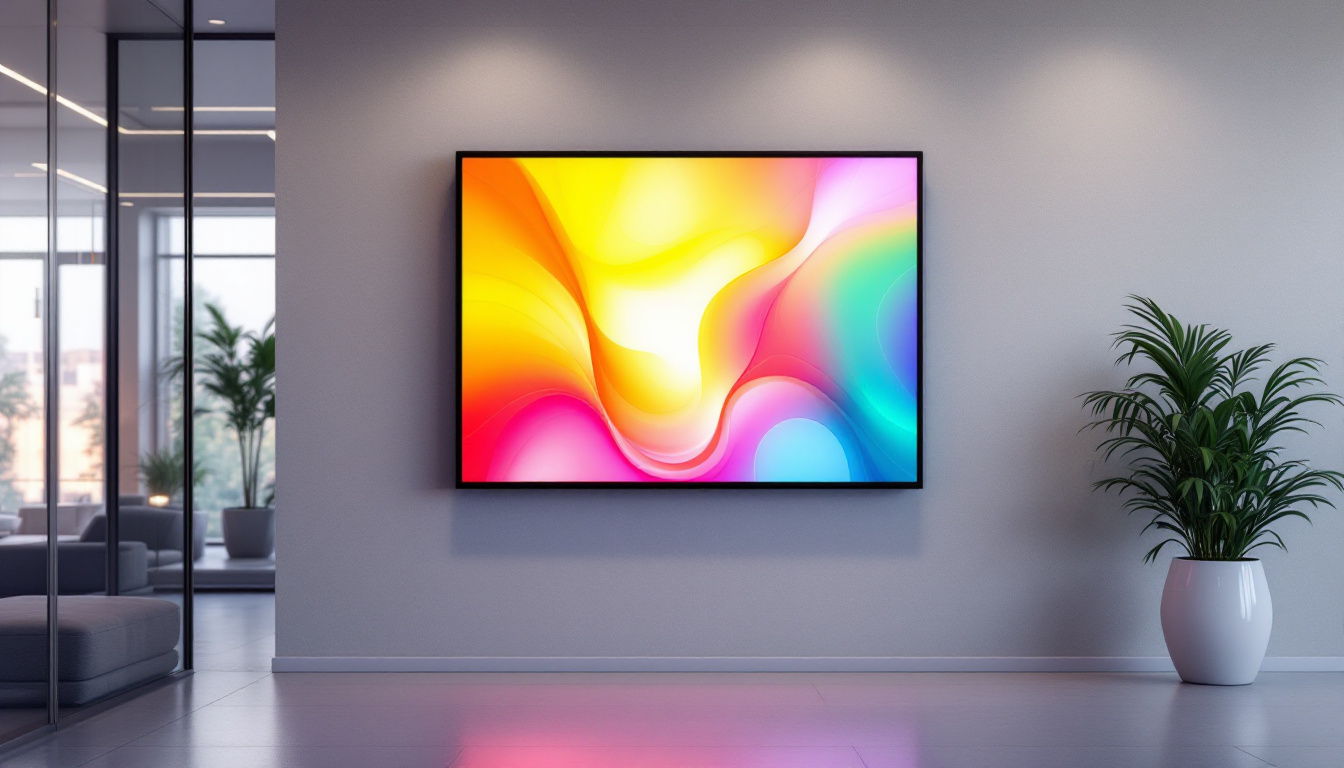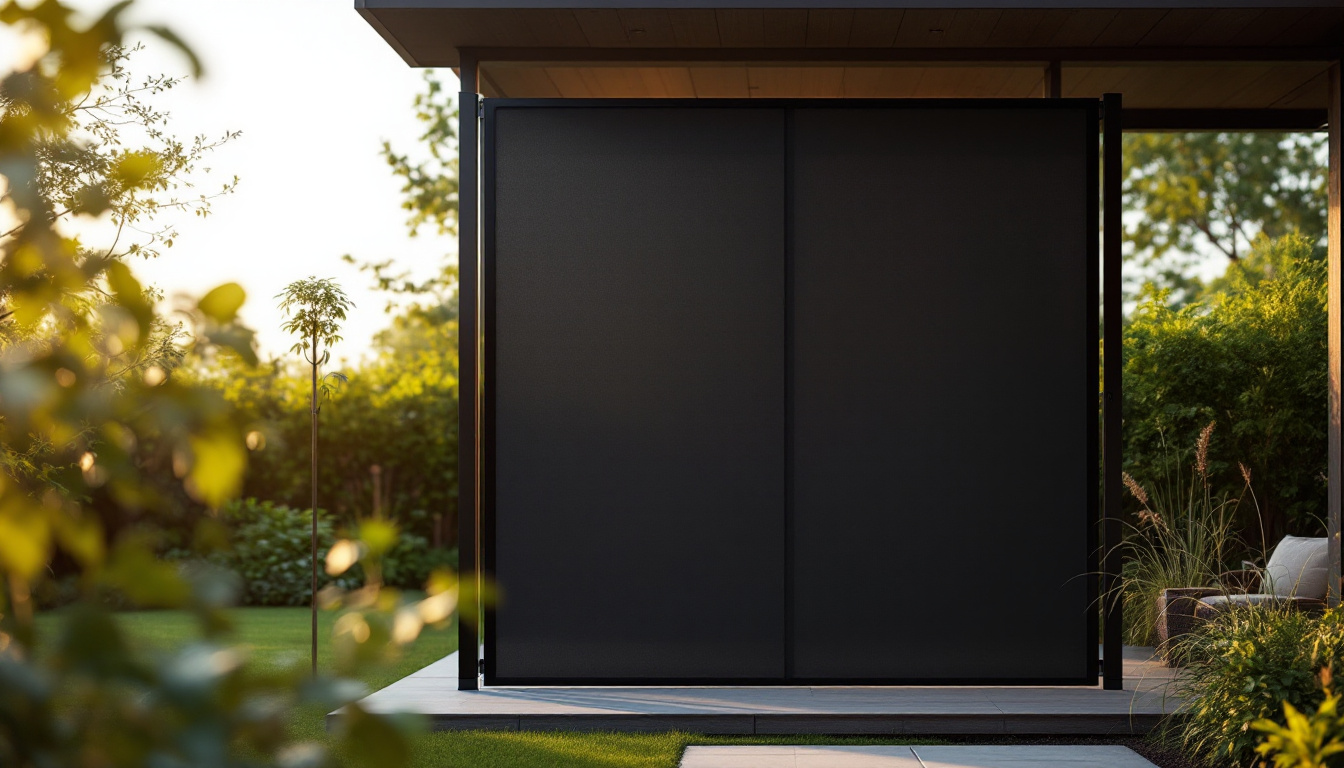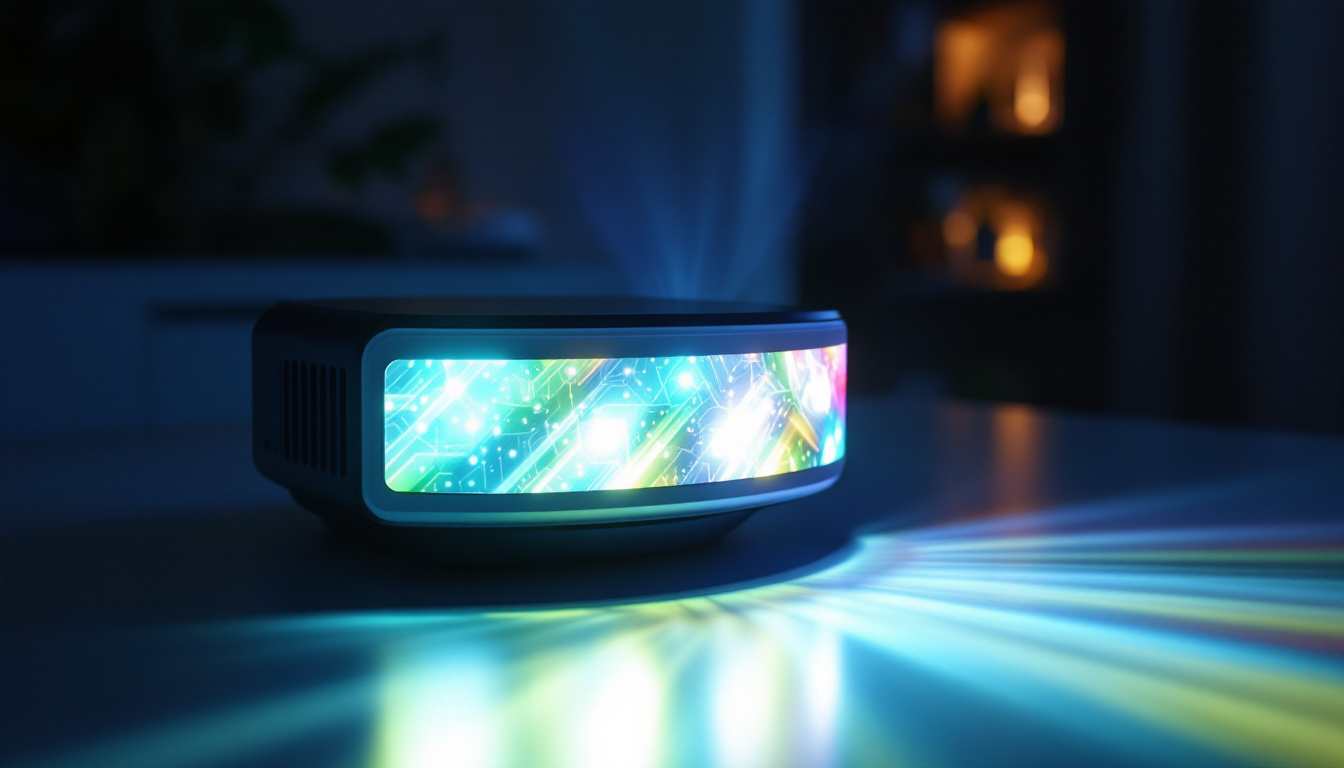In an increasingly digital world, the need for effective organization tools has never been more critical. One innovation that has gained popularity in both home and office settings is the electronic planner for walls, particularly those featuring LED displays. These devices offer a modern solution to traditional planning methods, combining functionality with aesthetic appeal. This article delves into the features, benefits, and considerations of using an electronic planner with an LED display.
Understanding LED Displays
LED (Light Emitting Diode) displays are a type of flat panel display technology that utilizes light-emitting diodes to produce images and text. Their application in electronic planners has transformed how individuals and organizations manage their schedules and tasks. With the rapid advancement in technology, LED displays have become increasingly popular not just in personal devices but also in public information systems, enhancing the way information is communicated across various platforms.
How LED Displays Work
At the core of LED display technology is the use of semiconductor materials that emit light when an electric current passes through them. This process allows for vibrant colors and high contrast, making the text and images on the display clear and easy to read. The compact nature of LEDs also enables the creation of thin, lightweight screens that can be easily mounted on walls. The arrangement of these diodes in various configurations—such as RGB (Red, Green, Blue) pixels—further enhances the display’s ability to produce a wide spectrum of colors, which is essential for creating engaging visual content.
In electronic planners, LED displays can range from simple monochrome screens to full-color displays capable of showing detailed graphics and animations. This versatility allows users to customize their planners according to their needs and preferences. For instance, users can opt for dynamic backgrounds or interactive features that respond to touch, making the planning experience not only functional but also enjoyable. Additionally, the integration of smart technology enables these planners to sync with other devices, ensuring that schedules are always up-to-date and accessible from anywhere.
Advantages of LED Displays
One of the primary advantages of LED displays is their energy efficiency. Compared to traditional LCD screens, LED displays consume significantly less power, making them an environmentally friendly option. Additionally, they have a longer lifespan, which means fewer replacements and less waste over time. This durability is particularly beneficial in commercial settings, where displays are often in constant use, reducing the overall cost of ownership and maintenance.
Moreover, LED displays offer superior brightness and clarity, making them suitable for various lighting conditions. Whether in a brightly lit office or a dimly lit home, the information displayed remains legible and visually appealing. The rapid response times of LED technology also contribute to smoother transitions and animations, which can enhance user engagement. This capability is particularly useful in educational environments, where interactive lessons can be presented more effectively, capturing the attention of students and facilitating a more immersive learning experience. Furthermore, the ability to easily update content on LED displays allows for real-time information sharing, which is invaluable in fast-paced workplaces and dynamic event settings.
Features of Electronic Wall Planners
Electronic wall planners equipped with LED displays come with a variety of features designed to enhance organization and productivity. Understanding these features can help users choose the right planner for their needs.
Customizable Displays
Many electronic planners allow users to customize the display settings. This includes changing the background color, font size, and layout to suit individual preferences. Such customization not only enhances usability but also adds a personal touch to the planner, making it more engaging.
Some planners even offer templates for different types of planning, such as weekly schedules, monthly calendars, or project timelines. This flexibility ensures that users can adapt the planner to their specific organizational style. Furthermore, the ability to upload personal images or graphics as backgrounds can transform a standard planner into a unique piece of decor, reflecting the user’s personality and making the planning experience more enjoyable.
Integration with Digital Calendars
Modern electronic planners often come with the capability to integrate with popular digital calendars, such as Google Calendar or Microsoft Outlook. This feature allows users to sync their schedules seamlessly, ensuring that all appointments and tasks are up to date.
Integration also facilitates real-time updates, meaning that any changes made in the digital calendar will automatically reflect on the wall planner. This connectivity minimizes the risk of double-booking and helps users stay organized without the hassle of manual updates. Additionally, some planners can send notifications or reminders directly to users’ smartphones, ensuring that important tasks and deadlines are never overlooked, even when away from the planner.
Interactive Features
Some advanced electronic planners offer interactive features, such as touch screens or voice commands. These functionalities allow users to add tasks, set reminders, or even check the weather with just a few taps or voice prompts. Such interactivity makes the planning process more intuitive and user-friendly.
Additionally, certain models may include smart home integration, enabling users to control other devices in their environment, such as lights or thermostats, directly from the planner. This feature can enhance productivity by creating a cohesive smart workspace. Moreover, some planners are equipped with collaborative tools that allow multiple users to access and edit the planner simultaneously, making them ideal for families or teams who need to coordinate schedules effectively. This collaborative aspect fosters communication and ensures everyone is on the same page, further streamlining the planning process.
Benefits of Using an Electronic Planner
The transition from traditional paper planners to electronic wall planners can yield numerous benefits, both for individuals and organizations. These advantages contribute to improved productivity and a more organized lifestyle.
Enhanced Visibility
One of the most significant benefits of an electronic wall planner is enhanced visibility. Unlike traditional planners that may be tucked away in a drawer or on a desk, wall planners are prominently displayed, making it easier for users to see their schedules at a glance.
This visibility is particularly beneficial in shared spaces, such as offices or family homes, where multiple individuals can benefit from seeing the same information. It fosters communication and collaboration, ensuring that everyone is aware of upcoming events and deadlines.
Reduced Clutter
Electronic planners help reduce physical clutter associated with traditional planning methods. With digital notes and reminders, there is no need for sticky notes, paper calendars, or other physical planning tools that can accumulate and create disorganization.
By consolidating all planning needs into one digital platform, users can maintain a cleaner and more organized space. This reduction in clutter can also lead to improved mental clarity, allowing individuals to focus better on their tasks.
Environmentally Friendly Option
Switching to an electronic planner is an environmentally friendly choice. By eliminating the need for paper and other materials typically used in traditional planners, users contribute to reducing waste and conserving resources.
Moreover, the energy efficiency of LED displays further supports sustainability efforts. Choosing an electronic planner can be a small yet impactful step towards a greener lifestyle.
Considerations When Choosing an Electronic Planner
While electronic planners offer numerous advantages, it is essential to consider various factors before making a purchase. Understanding these considerations can help users select the planner that best fits their needs.
Size and Display Quality
The size of the electronic planner is a crucial factor to consider. Depending on the available wall space and the intended use, users may prefer a larger display for better visibility or a smaller one for limited areas. Additionally, the display quality, including brightness and resolution, can significantly impact usability.
High-resolution displays ensure that text and images are clear and easy to read, while adjustable brightness settings allow for optimal viewing in different lighting conditions. Evaluating these aspects can enhance the overall experience of using the planner.
Connectivity Options
Connectivity is another vital consideration. Users should assess the planner’s compatibility with their existing digital tools and platforms. Features such as Wi-Fi, Bluetooth, and app integration can greatly enhance functionality and ease of use.
Furthermore, the ability to connect with other smart devices can provide additional convenience, making the planner a central hub for managing various aspects of daily life.
Price and Warranty
Price is always a consideration when investing in new technology. Electronic planners can vary significantly in cost based on features, brand, and display quality. It is essential to establish a budget and evaluate which features are most important to ensure the best value for money.
Additionally, checking the warranty and customer support options can provide peace of mind. A reliable warranty can protect against defects and malfunctions, ensuring that the investment is safeguarded over time.
Conclusion
Electronic planners for walls with LED displays represent a significant advancement in organizational tools. They combine modern technology with user-friendly features to create a versatile and effective planning solution. With benefits such as enhanced visibility, reduced clutter, and environmental sustainability, these planners are well-suited for both personal and professional use.
When selecting an electronic planner, it is essential to consider factors such as size, display quality, connectivity options, and price. By carefully evaluating these aspects, individuals and organizations can find the ideal planner to meet their needs and enhance their productivity.
As technology continues to evolve, the capabilities of electronic planners will likely expand, offering even more innovative features to support effective planning and organization. Embracing this digital shift can lead to a more organized and efficient lifestyle, making it easier to navigate the complexities of modern life.
Discover LumenMatrix LED Display Solutions
Ready to elevate your planning and organizational capabilities with cutting-edge LED technology? LumenMatrix is at the forefront of LED display innovation, offering a wide array of solutions to meet your needs. From captivating Indoor and Outdoor LED Wall Displays to versatile Vehicle and Sports LED Displays, our products are designed to enhance engagement and communication. Experience the power of advanced LED Poster Displays, interactive Floor LED Displays, and the sleek aesthetics of LED Transparent Displays. Embrace the future of visual storytelling with LumenMatrix and transform your space into a dynamic, organized hub. Check out LumenMatrix LED Display Solutions today and take the first step towards a visually stunning and efficient environment.

